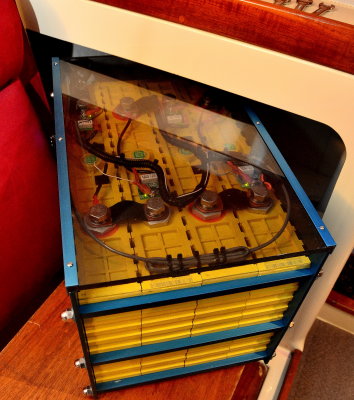Your graph is showing up now.
Now my graph is showing up as the broken picture icon if I am not logged in and I clear my web browser cache. Shows up OK if I am logged in???
Edit: Deleted graph and reloaded and it is no longer showing the broken picture icon. Just back to showing the name of the picture. This seems to be the way the Solar Panel forum website is set up. Very annoying that you have to be logged in to see the pictures.
Simon
Now my graph is showing up as the broken picture icon if I am not logged in and I clear my web browser cache. Shows up OK if I am logged in???
Edit: Deleted graph and reloaded and it is no longer showing the broken picture icon. Just back to showing the name of the picture. This seems to be the way the Solar Panel forum website is set up. Very annoying that you have to be logged in to see the pictures.
Simon


Comment